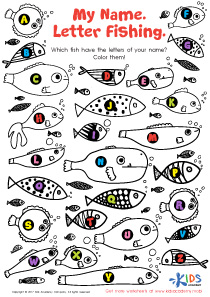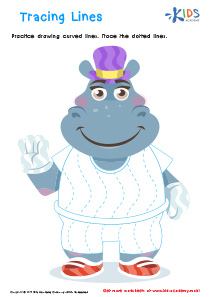Alphabet Recognition Easy Letter Recognition Worksheets for Ages 6-7
5 filtered results
-
From - To
Unlock the joy of learning with our "Alphabet Recognition Easy Letter Recognition Worksheets for Ages 6-7". Perfectly designed for young children, these engaging worksheets help foster essential literacy skills by making letter recognition effortless and fun. From tracing to matching activities, each sheet provides interactive and dynamic ways to master the alphabet. Tailored for ages 6-7, our comprehensive resources not only enhance phonemic awareness but also prepare kids for more advanced reading and writing tasks. Enhance your child's early education journey by encouraging self-paced learning and confidence in recognizing both uppercase and lowercase letters.


Letter T Coloring Sheet
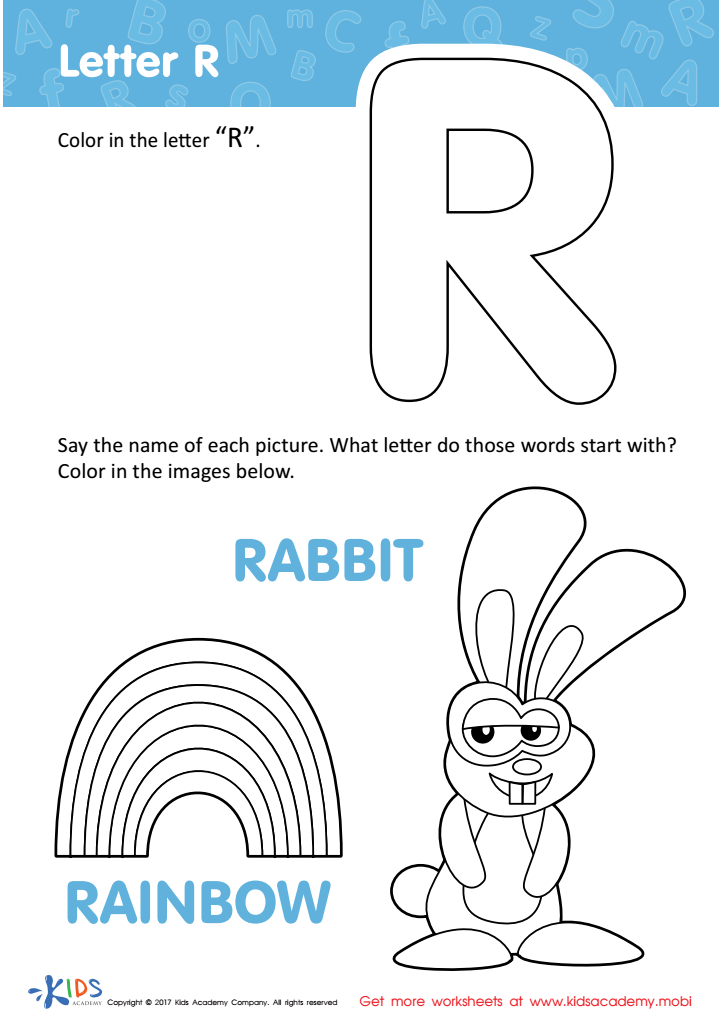

Letter R Coloring Sheet


Letter V Coloring Sheet
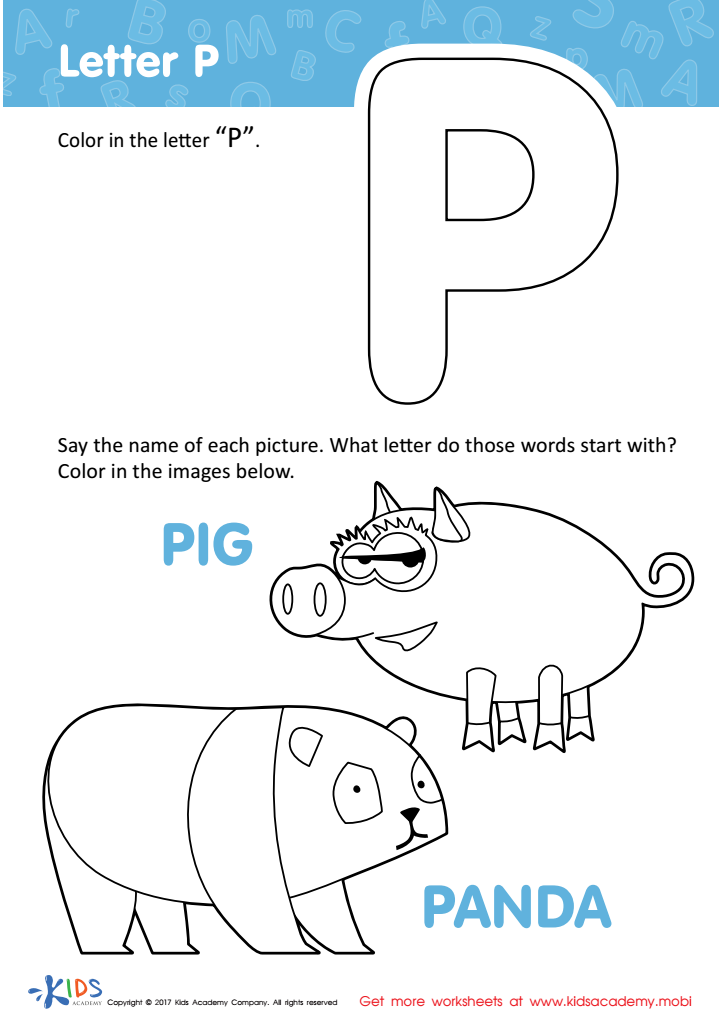

Letter P Coloring Sheet
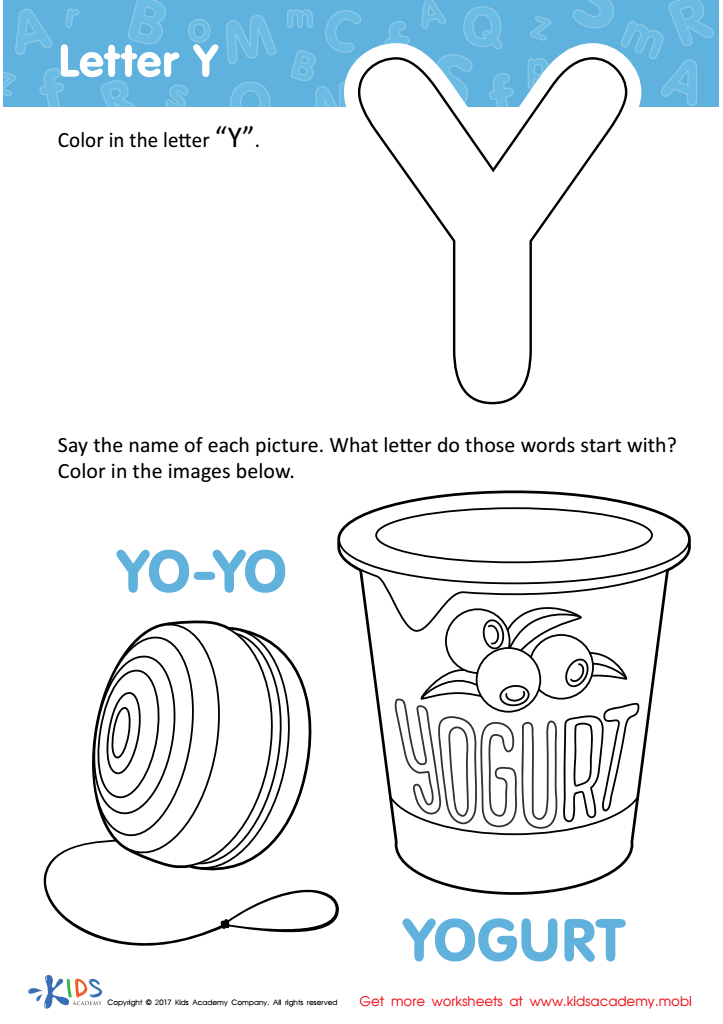

Letter Y Coloring Sheet
Alphabet Recognition is a foundational skill that plays a critical role in a child’s literacy development, especially between the ages of 6 and 7. At this stage, children are transitioning from recognizing individual letters to understanding their role in forming words. This period is crucial; mastering letter recognition can significantly impact a child’s ability to read and write fluently in subsequent years.
First, proficient letter recognition facilitates early reading skills. When children easily recognize letters, they can begin to decode simple words, fostering early literacy experiences that build confidence and interest in reading. This early success can spark a love for learning and set the stage for future academic endeavors.
Second, strong alphabet knowledge boosts phonemic awareness, the ability to hear and manipulate the sounds in words. This skill is crucial for spelling and writing, as it helps children make the connection between sounds and their corresponding letters, forming accurate word spellings.
Lastly, social and cognitive development also benefit. Reading stories and writing creatively support language development, critical thinking, and imaginative play. Parents and teachers who prioritize Alphabet Recognition during these formative years are investing in a foundation that supports overall educational success and lifelong learning skills. Together, they help children achieve a smoother transition into more complex literacy and learning experiences.
 Assign to My Students
Assign to My Students












